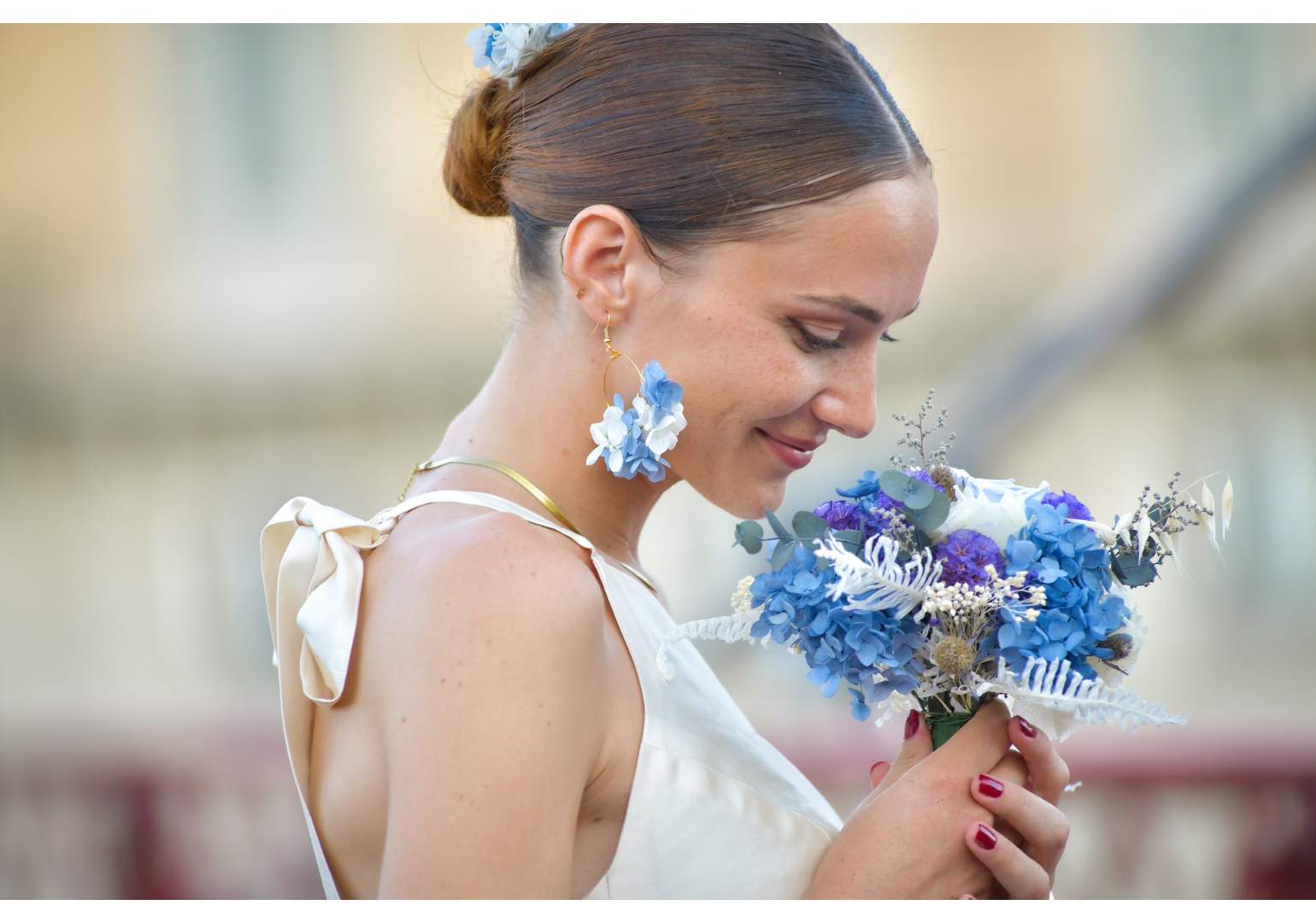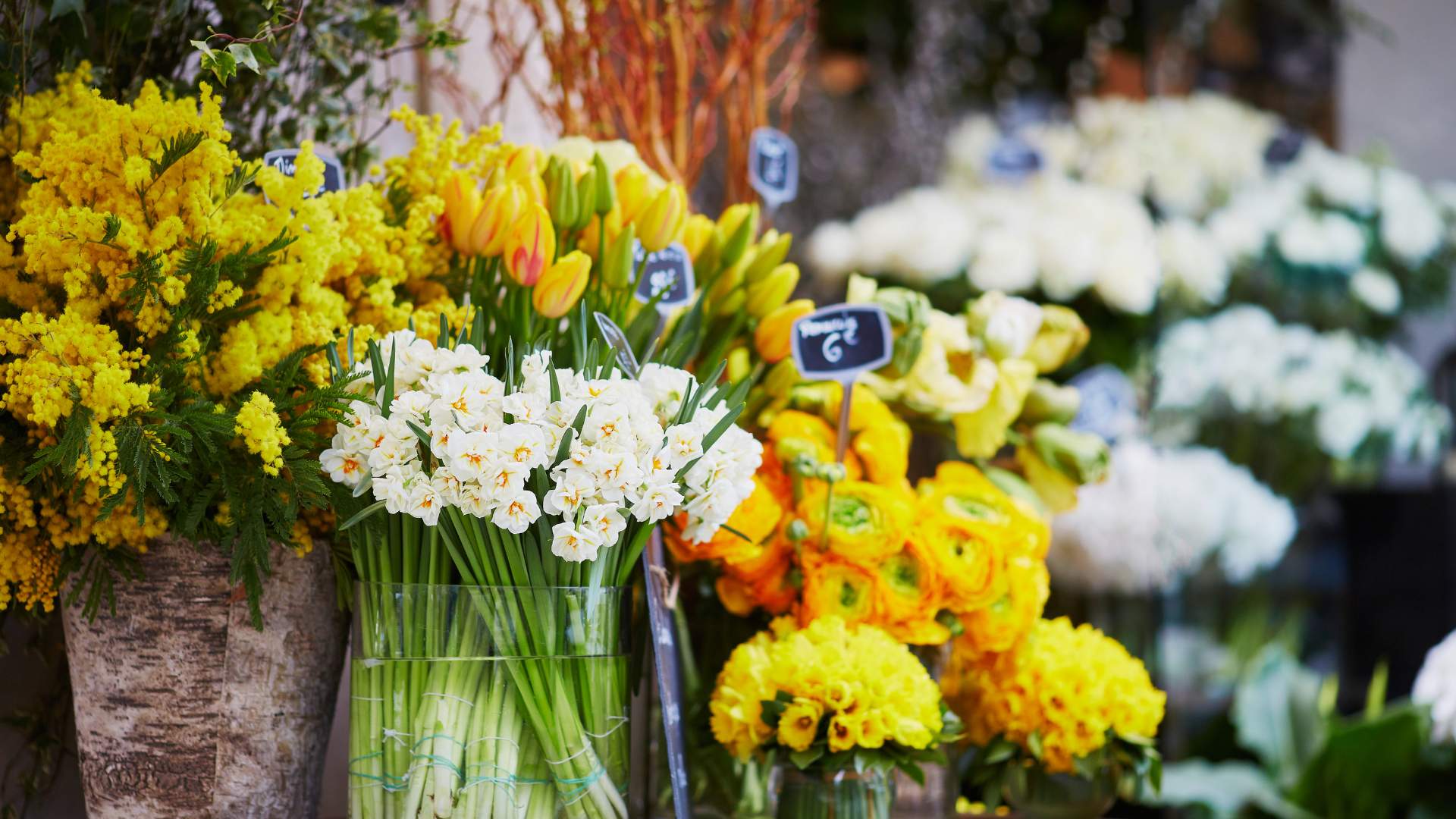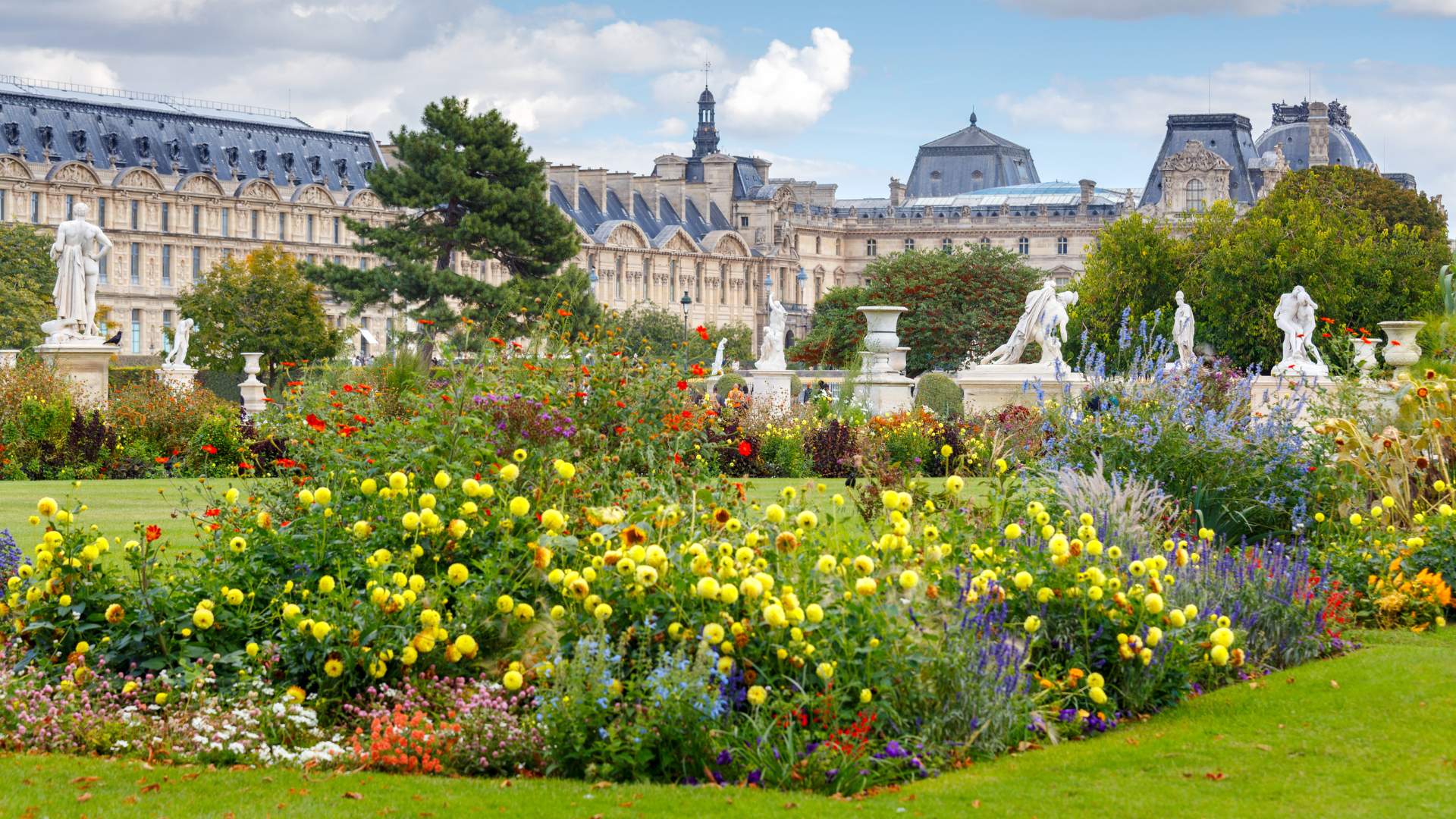Dive into the world of Japanese floral arrangements
The world of Ikebana offers a unique immersion into Japanese floral art, which goes far beyond mere aesthetics. This ancient art combines philosophy, meditation, and creativity to create works of profound and symbolic beauty. Discover how this practice can enrich your daily life by cultivating true harmony between man and nature.
The philosophical foundations of Ikebana
Ikebana is not just a flower arrangement, but a true spiritual quest influenced by Japanese culture, which emphasizes a deep reverence for nature and a constant search for harmony and simplicity.
Asymmetry and simplicity
In Ikebana, each element is carefully chosen. Asymmetry plays a crucial role in avoiding rigid perfection in favor of a subtle and natural visual balance. Simplicity is also essential; it allows the very essence of the materials used to be highlighted. This minimalist approach allows the intrinsic beauty of each flower and branch to be revealed, eliminating the superfluous.
Use of lines and empty space
The arrangement of lines and empty spaces is fundamental to ikebana. These elements are not only visual components, but also vectors of profound meaning. The leading lines structure the work, while the empty spaces provide visual breathing space, symbolizing the unknown and infinite possibilities. This technique, known as "ma," is essential for creating visual and spiritual harmony.
Symbolic meaning
Each composition tells a story or conveys a symbolic message. For example, placing a beautiful flower in the center can represent humanity, constantly evolving within its environment while finding its place in the universe. Natural elements used, such as twisted branches or flowers in full bloom, often symbolize resilience, growth, and the transience of life.
How to Get Started in the Art of Ikebana
To begin practicing Ikebana, you only need a few basic items: a workspace, fresh flowers, natural elements, and a few tools such as shears, pruning shears, and whiskers (floral support). Here are the main steps to get started:
Preparation of the material
- Gardening shears : Essential for cutting stems with precision.
- Specific pruning shears : For thicker branches.
- Mustaches (kenzan floral support) : These supports allow the stems to be held in place in the arrangements.
- Fresh flowers and natural foliage : Choose elements that reflect the seasons and your own sensibilities.
Introduction to the fundamental principles
It is essential to understand and respect key principles. This includes the importance of asymmetry, the enhancement of empty spaces, and the accentuation of lines to structure the composition. Classes are available both in person and online, including with specialists like Marie André in the Île-de-France region. Learning ikebana is a lifelong journey toward mastery and self-understanding through nature.
Flower meditation through Ikebana
Practicing ikebana is often considered a form of meditation. This process requires intense concentration on the present moment, providing a powerful way to reconnect with oneself and nature.
Human-Nature Connection
By focusing on every detail and respecting the nature of the flowers and plants, the practitioner creates a work that is an extension of themselves. Ikebana strengthens this precious connection, deepening our awareness of the surrounding universe. Each composition becomes a mirror of our inner state, inviting us to deep introspection.
Sharpen your senses
Regular practice of this art significantly improves your sense of observation and makes you more attentive to the subtle details of nature. It also develops your creativity, unleashing energies you never suspected. By engaging in ikebana, you learn to see beauty in imperfections and appreciate the simplicity of life.
Explore more of traditional Japanese arts
Japan is rich in artistic practices deeply connected to culture and spirituality. Besides ikebana, there are other art forms elevated to the status of authentic ceremonies.
Tea ceremony
The tea ceremony, or Chanoyu, is a ritual practice centered not only on the consumption of tea, but also on contemplation and appreciation of the present moment as well as the objects used. Each movement is performed with precise intention, creating a meditative experience similar to that of Ikebana.
Incense Ceremony (Kōdō)
Kōdō is the art of listening to the scents of incense. This practice relies on both olfactory acuity and introspection, allowing one to achieve a form of inner serenity similar to that sought in ikebana. By lighting and enjoying the incense, participants immerse themselves in a state of contemplation and relaxation.
Conclusion
Ikebana invites you to discover a new dimension where creativity and reflection coexist in perfect harmony. Whether it's to find inner peace, sharpen your senses, or simply add a touch of elegance to your everyday surroundings, immersing yourself in this noble art will undeniably improve your quality of life. By embracing the essence of ikebana, you cultivate a deeper connection with nature and with yourself, transforming each floral arrangement into a living and meaningful work of art.








